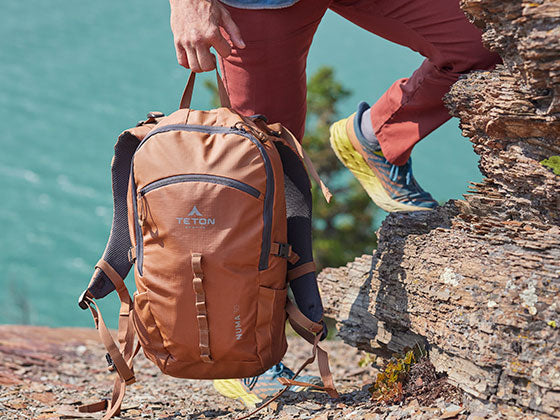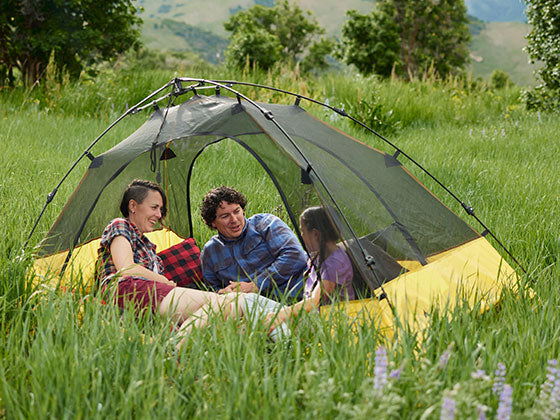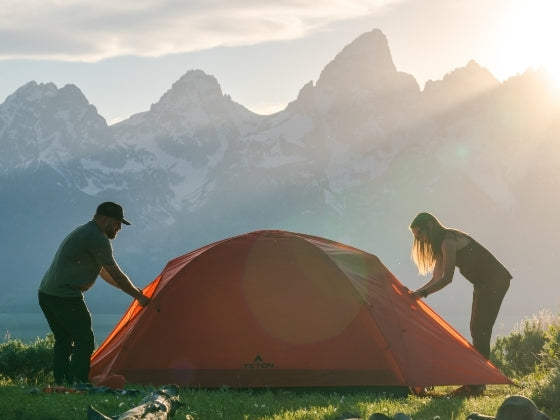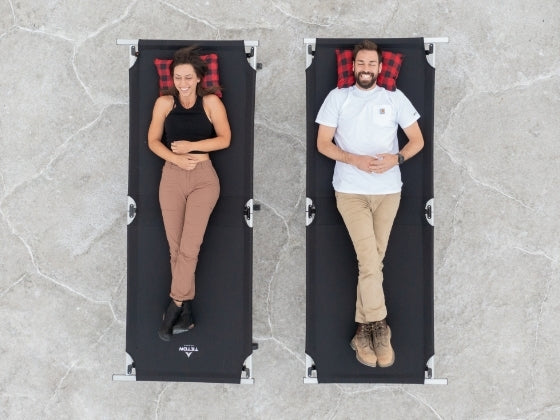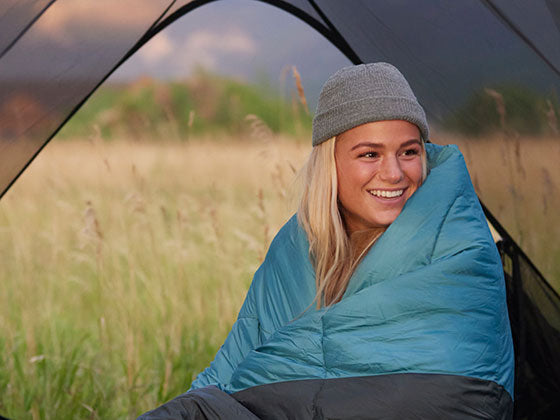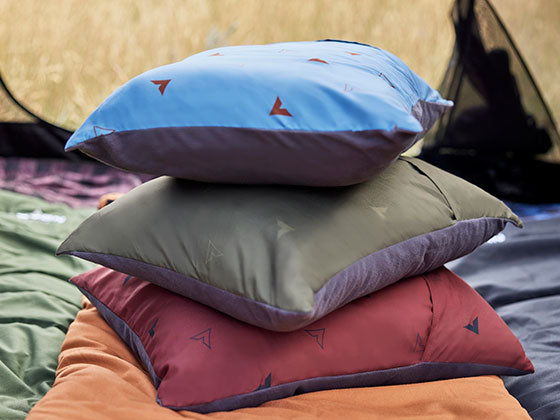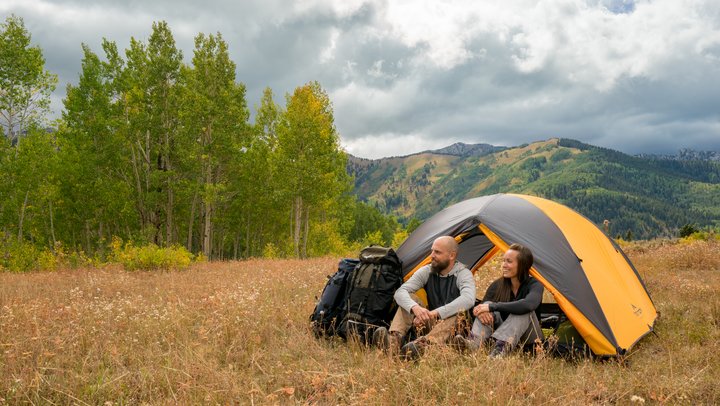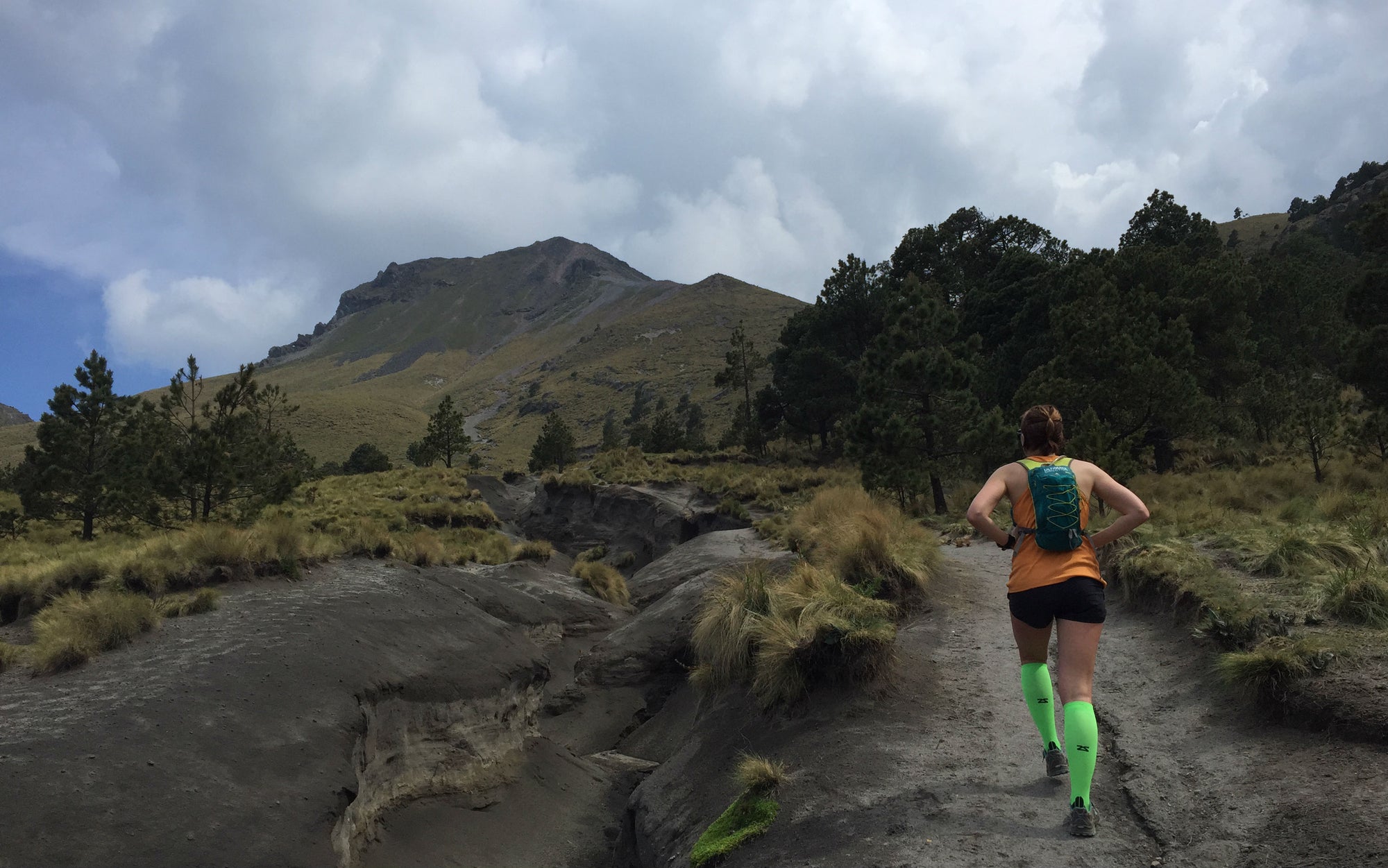When it comes to your sleep system, comfort is king (or queen) and it all starts with getting your body off of the ground, or utilizing a sleeping pad. The R-Value of your sleeping pad determines just how warm one of the most essential parts of your sleep system will be. Let's dive into R-values in sleeping pads and why they matter.
Insulating Yourself From the Ground
You can have the fanciest down sleeping bag in town, but if you're placing it straight on the ground, you're not going to get the much-needed insulation you need. Down works best when it's not compressed (same with synthetics) and the ground sucks up heat, leaving you feeling cold.
Even in warm climates on warm nights, the ground can make you feel cold. That's why most people, even those who love to sleep on hard surfaces, need a sleeping pad to protect them from the heat-sucking properties of the ground. That's where the mighty R-Value comes into play.
What is an R-Value?
An R-Value refers to a material's ability to resist heat transfer. You may have heard of an R-value of insulation in your home. For sleeping pads, the concept is the same. Heat is transferred in three different ways (conduction, convection, and radiation).
The R-value refers to the rate of heat transfer using conduction. The higher the R-value the greater the resistance, or slower the heat transfer. The result of a higher R-value means you'll have a warmer sleeping pad. Most sleeping pads have an R-value range of 1 to 11, with 11 being the warmest.
Which R-Value is Right for Me?
The R-value you're aiming for depends on several important factors. First, you'll want to ask yourself when you camp or backpack the most and in what type of climate. Summer desert dwellers don't need as much of an R-value as those who like to ski tour.
When looking at R-values try and select a pad that is rated slightly higher than what you think you need. For example, if you are a three-season backpacker, go with a pad that has a mid-range R-value. If you decide you need something more, you can always pick up a lightweight, closed-cell foam pad (not too pricey) and place it under your sleeping pad to beef up the R-value.
Different Types of Sleeping Pads
There are three main types of sleeping pads, with a couple of hybrid options in between. Each different type of pad serves a different purpose.
- Closed-cell foam pads. Simple foam pad that is lightweight and typically has a higher R-value (since there's no air in the pad). Great for those looking to have a minimalist, lightweight setup or like to sleep on harder surfaces. Since there's no air, they don't spring leaks.
- Self-Inflating pads. These pads integrate foam and air to create a comfy night's sleep. You can get a minimal version that is suitable (albeit heavier) for backpacking all the way to a double-width pad that's several inches thick. These are the warmest pads (highest R-value) but are also the heaviest. They can spring leaks but are fairly durable and easy to fix.
- Air pads. These are fully-inflatable pads, many newer versions have baffles and sometimes additional insulation. They are the coolest (lowest R-value) pads on the market, but they also give you the most comfort per ounce. They are more delicate and spring leaks, so carry a patch kit.
Selecting the Perfect Sleeping Pad
Okay, so now that we know what an R-value is for a sleeping pad and understand the different types of pads, its time to figure out how to select the best sleeping pad.
We've already discussed the seasons and climate you will be spending most of your time in, the next thing to consider is activities. If you primarily backpack you're going to want to balance weight in with comfort. An air pad or lighter-weight Self-inflating pad will work best for you. If you thru-hike durability will be your biggest concern and it might be best to stick with the tried-and-true closed-cell foam pad. While car campers should opt for whatever fits best inside their tent and have the luxury of extra padding.
The point is, when it comes to selecting a sleeping pad, the R-value is important, but it's just as essential to balance that number with other considerations. The best pad for you is the one you feel the most comfortable with and, of course, fits inside your pack!
Happy Adventures!


